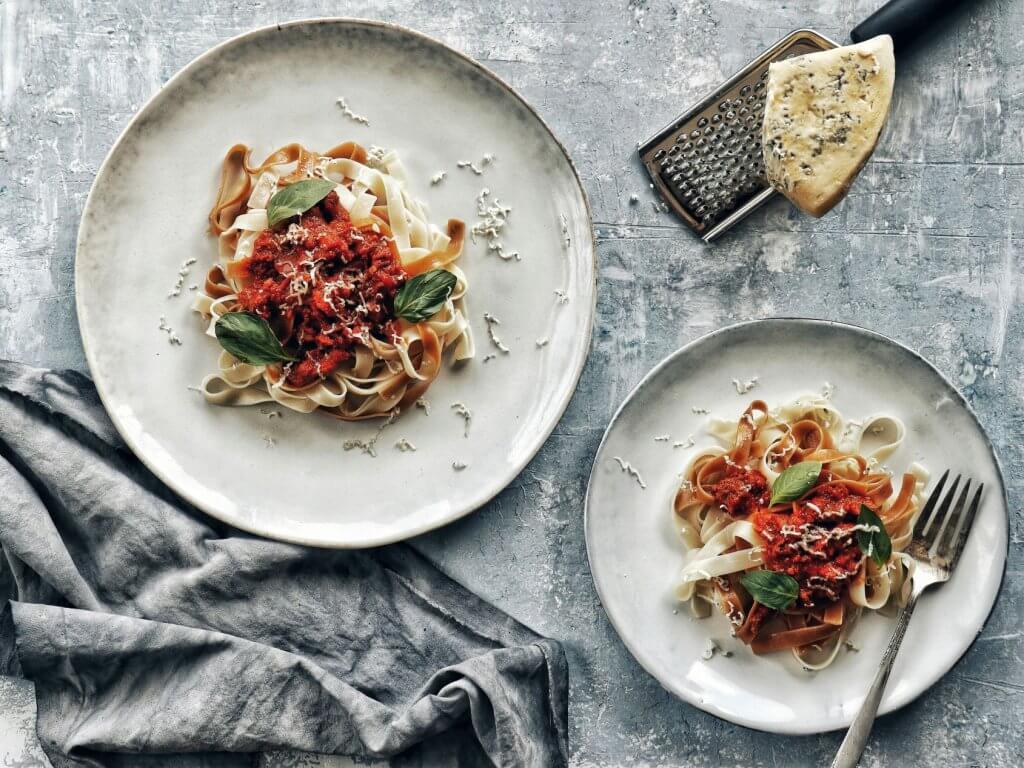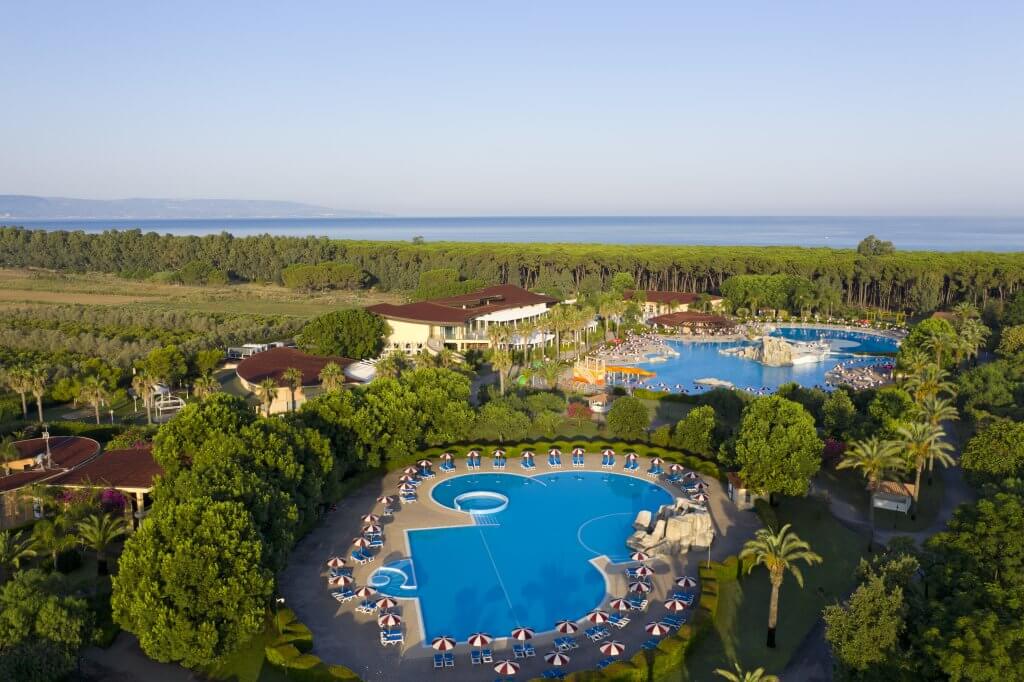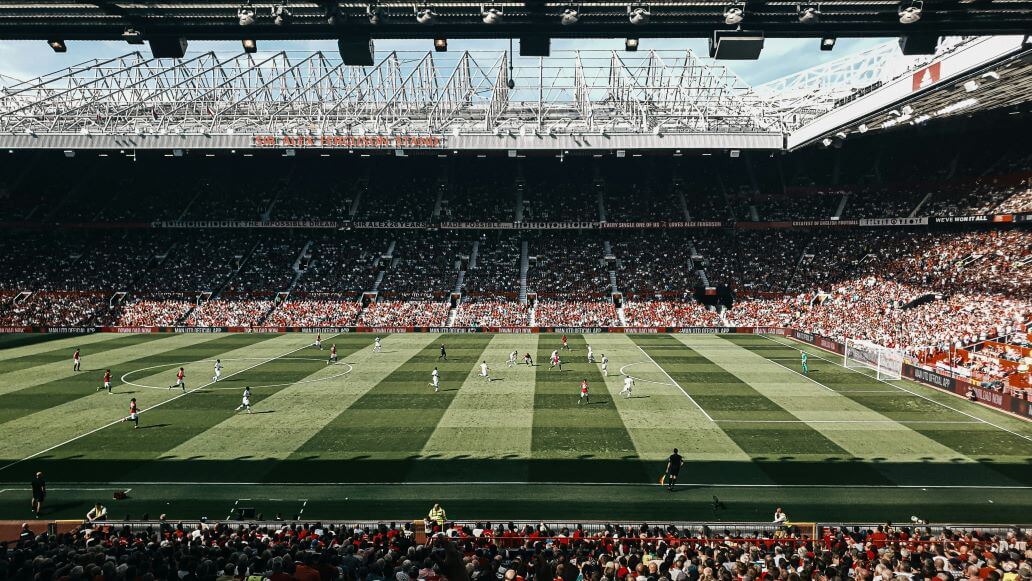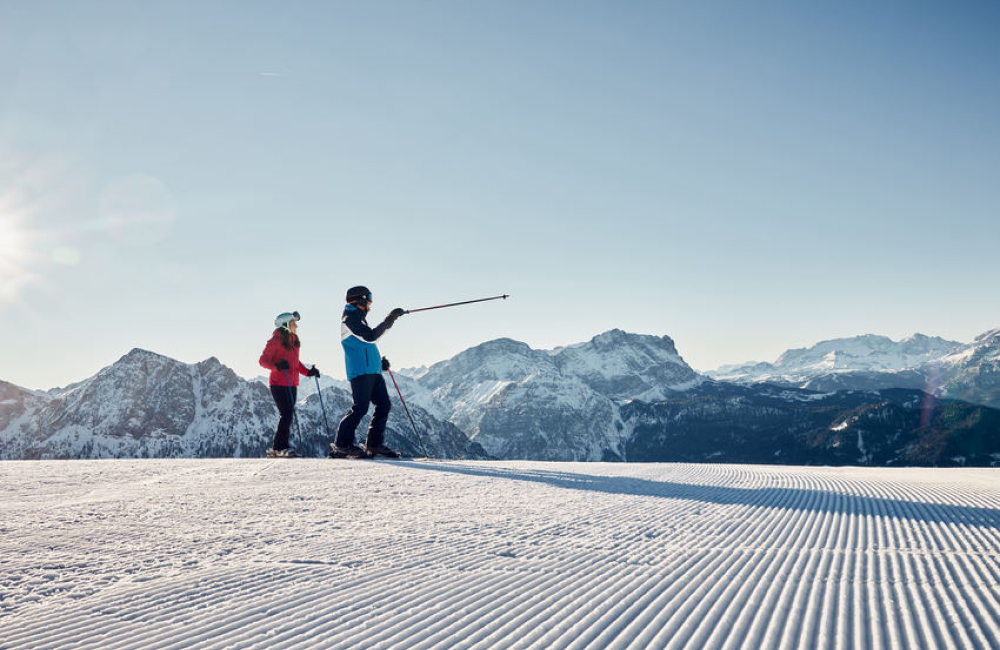True classics
We’ll tell you something: if the ‘nduja is probably the most famous element of Calabrian cuisine, not only in other Italian regions but also abroad (in this respect, for marketing reasons, we found it really ingenious to sell it in tubes!), there is another traditional product that is similar in some respects, although we are talking about two completely different worlds. It is sardella, a creamy paste made from sardines or whitebait (the baby of the sardine) with salt, chilli pepper and wild fennel. It is used as a spread on bread, usually served with fresh onions, or as a condiment for spaghetti.
To be precise, ‘nduja comes from the Tyrrhenian coast and the province of Vibo Valentia, while sardella comes from the Ionian coast and the provinces of Cosenza and Crotone. Two different seas, two different typical products, but united by their flavourful character. The Apennine ridge that crosses the region from top to bottom, with the plateaus of Sila, Serre and Aspromonte, links all these places to the production of sausages that can now be found in national markets and beyond.
The spiciness of chilli peppers is certainly something that unites the inhabitants of Calabria, but there is more than that in a cuisine that, to call it poor, makes us smile today, given the constant explosion of flavours and a clear and distinct personality.
A delicious range
When we savour Calabrian dishes, we perceive the essence of an entire region and understand its origins. Many of the products were prepared for “eternity”, so to speak (especially cured meats and preserves), and many are linked to religious ceremonies. Today, however, this cuisine has made the leap beyond home-made delicacies to find its way into gourmet cuisine (see the cuisine of Michelin-starred chef Theodor Falser at the La Terrazza restaurant of our Falkensteiner Club Funimation Garden Calabria) and in increasingly delicious tinned dishes (tuna in oil docet) as well as in newer varieties such as the red onion from Tropea.
This year-round sun-drenched land, situated at the perfect latitude, offers a wealth of ingredients of all kinds. In Calabria, the entire natural ecosystem functions well, representing the four seasons, so that almost monthly changing dishes appear on the tables of the locals, with an exciting variety for foodies.
The region's natural treasures
Calabrians love to pick asparagus, for example, and omelettes made with the wild variety of this vegetable, which has a very strong flavour, are typical. They also love picking mushrooms, especially porcini mushrooms, which they like to fry or eat raw, simply drizzled with a little oil and lightly sprinkled with ground black pepper (so flavourful!). The same goes for everything Mother Nature has to offer, such as lampascioni, another element that the Calabrians handle in the kitchen, offering them in the form of preserves or gratinated in the oven.
Cheese is produced everywhere and in large quantities. While mozzarella is now also made from buffalo milk in some parts of the region, the most important types of cheese are Caciocavallo Silano and Pecorino Crotonese. The former can vary in softness from the first to the more mature version. Its stringy slices on grilled bread are certainly a speciality. In the second version, ageing in wine or hay determines its surprising flavours.
Menu sequence á la Calabria
The first courses naturally consist of pasta. And you could write a book here, because even fileja or maccarruni a ferretto are homemade in the old tradition, with simple dough made from water and flour. The pasta sauces are the most varied: pork ragouts are typical of dishes in the mountains, while fish-based pasta dishes are more common on the coast. One of the most exciting dishes is pasta al forno alla calabrese, which consists of short rigatoni or paccheri served with meat sauce, meatballs and sausages as well as hard-boiled eggs, caciocavallo or provola and plenty of pecorino cheese. They are spread between two or more layers of fried aubergines in a casserole dish and cooked in the oven until done.
Main courses include delicious meatballs in tomato sauce, spicy grilled sausages, which are a real speciality here, for example with potatoes cooked in the ashes or pan-fried turnips, as well as delicious mixed roasts of pork and beef, but also mutton. As far as fish is concerned, in addition to the whole tradition of Italian fish cuisine, Calabrian dishes with fried swordfish and grilled or salad octopus caught in the local waters are very popular.
The vegetarian main courses, which often become an actual third course, include aubergines or stuffed peppers, aubergine balls (which often contain feta cheese and mint) and various very tasty omelettes. Among the fried vegetables, the dish Pipi e Patate (peppers and potatoes) stands out, in which the green peppers cut into strips and the potatoes from the Sila mountains cut into pieces are fried at the same time.
The desserts are varied, with the tartufo di pizzo, a hazelnut ice cream filled with melted chocolate, probably taking centre stage in its traditional version. But today there are many more.
We have conjured up a lot of information and dishes for you and hope that we have whetted your appetite to visit us in Calabria!







